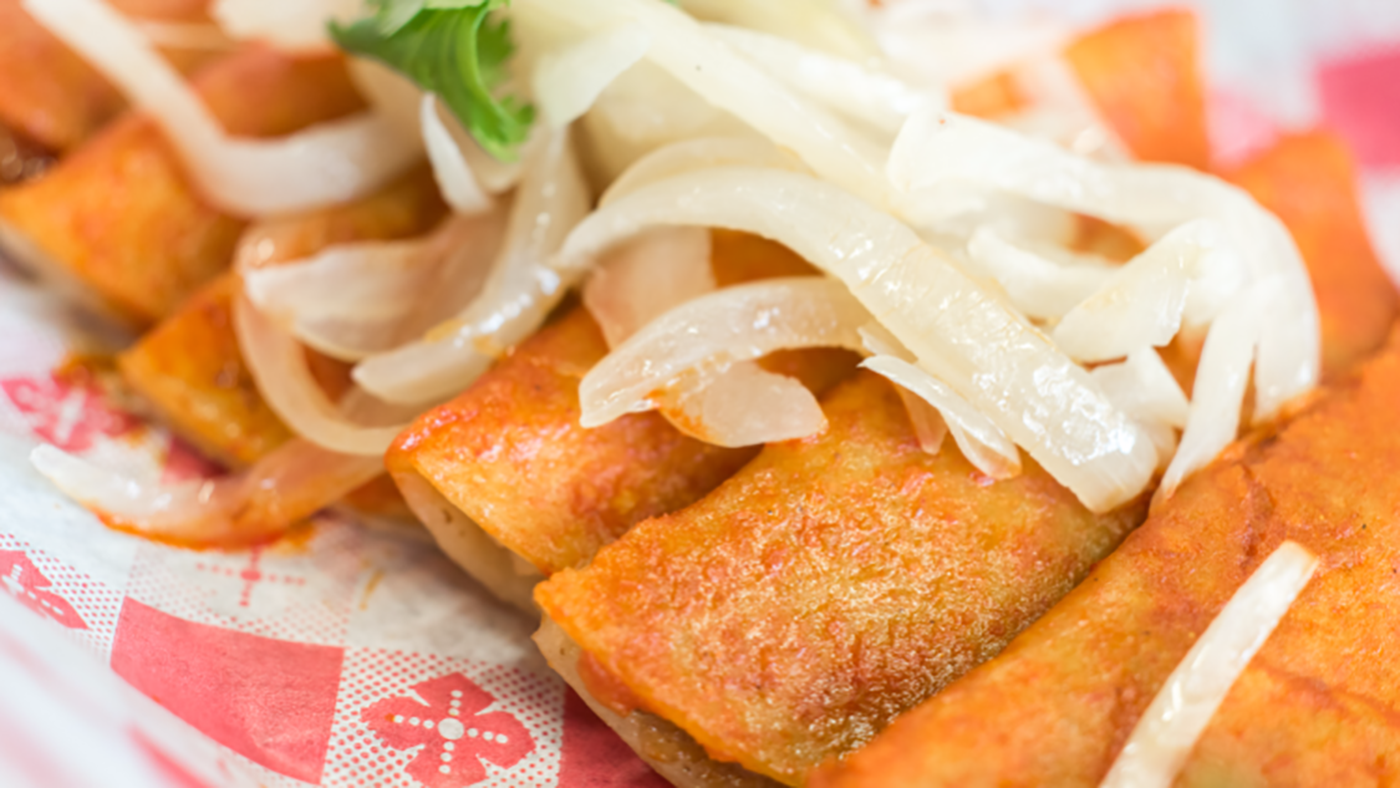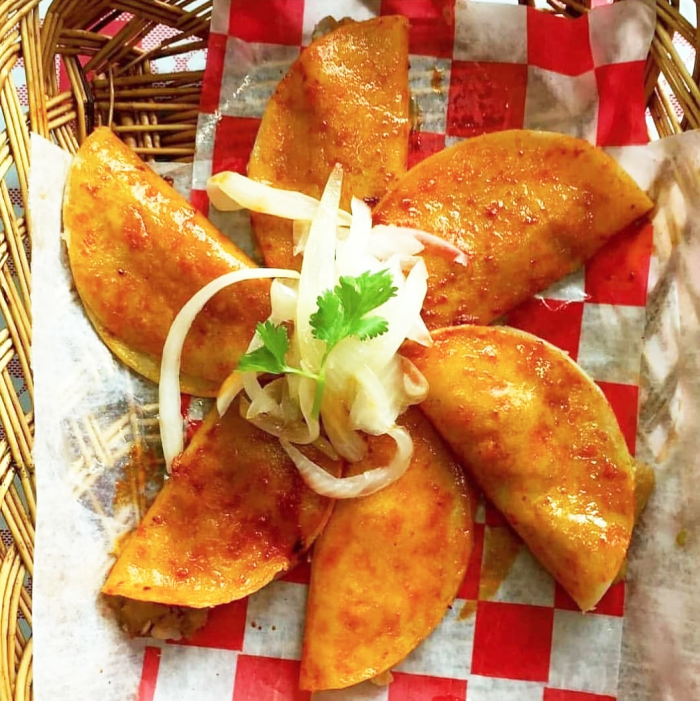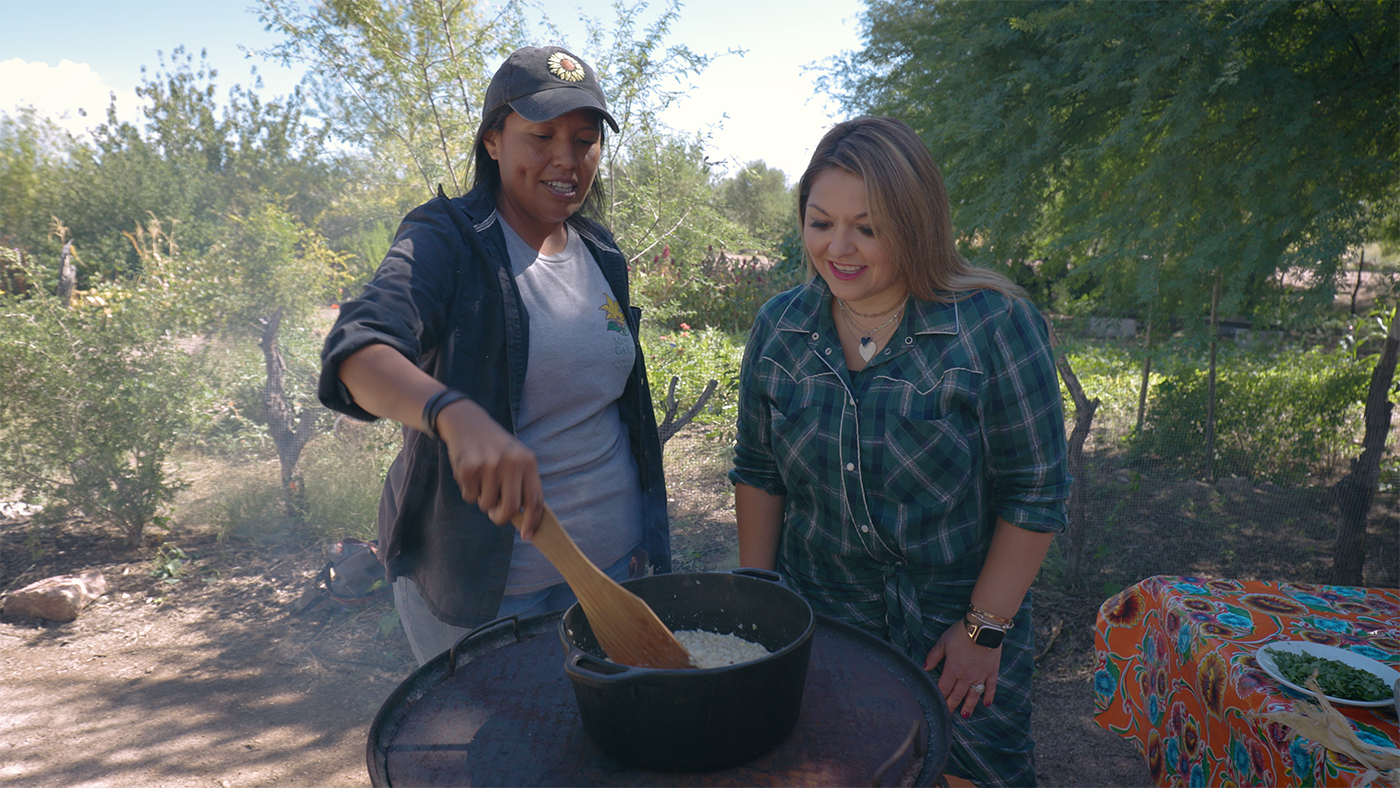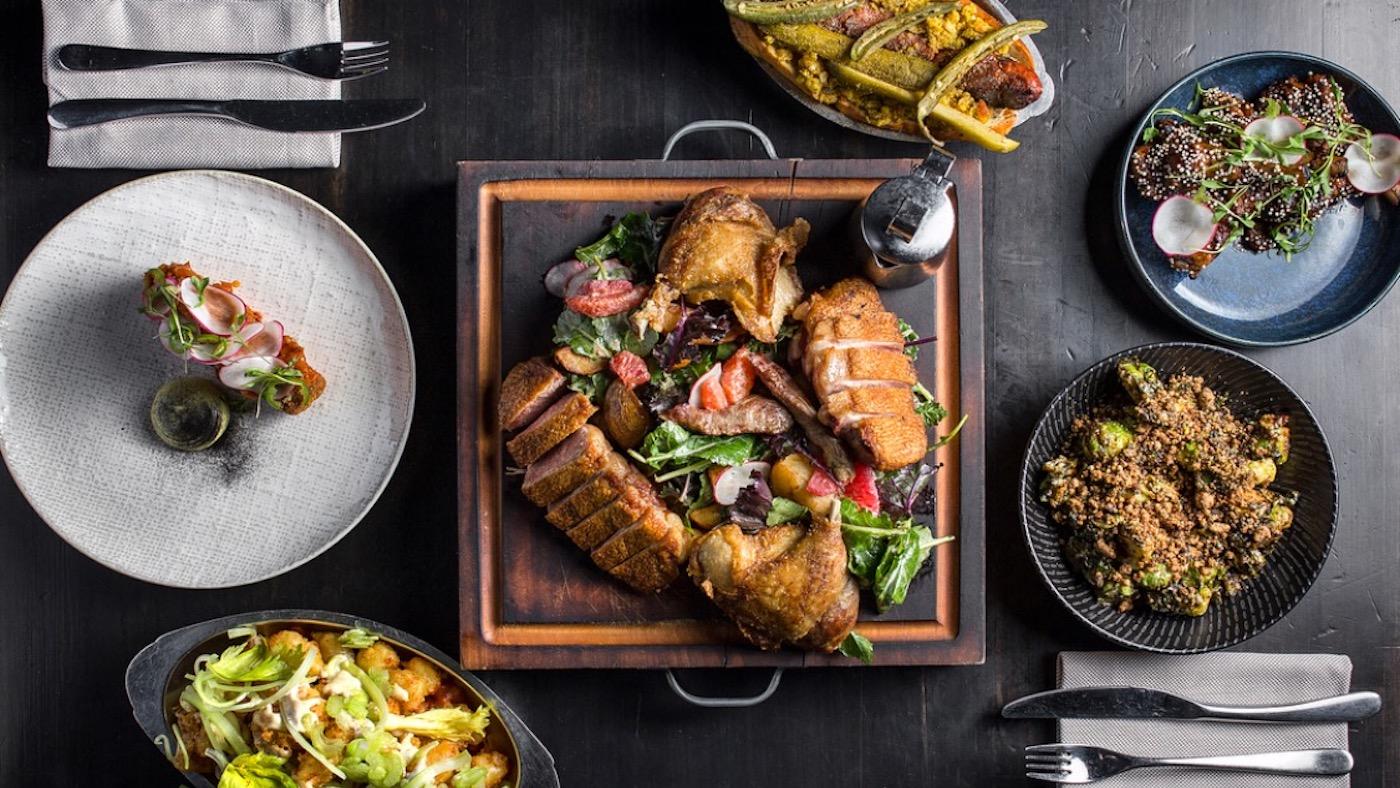The Brighton Park Restaurant Serving Up a Rare (in the States) Mexico City Specialty
Meredith Francis
July 8, 2022

Manny Gonzalez was at a party when his mother showed up with tacos de canasta, or “basket tacos.” Gonzalez, a chef who had worked in fine dining around Chicago and the suburbs, was looking to start his own restaurant at the time. The tacos were simple—filled with potatoes, beans, chorizo, or pressed pork—but delicious.
“So then I told my wife, ‘I think this is what we're going to do,’” says Gonzalez.
Gonzalez’s mother, who is from Mexico City, agreed to teach him how to make tacos de canasta, but there was one rule: “‘I don't want you to change anything in the recipes,’” Gonzalez recalls his mother saying. He wanted to add more to the tacos, but his mom said no—they were really authentic.
“It's the first time I listened to my mom, and the first time I started doing well,” Gonzalez says with a laugh.
In 2015, Gonzalez and his wife, Susy Cornejo, opened Guapo Taco, located on 47th Street near Western Avenue in Brighton Park. When they first opened, their menu was only in Spanish, but soon there was a line out the door and a 90-minute wait.
“I didn't think I was going to get people who speak English into this area [to eat the tacos],” Gonzalez says. “I was extremely surprised.”
 Image: Guapo Taco / Instagram
Image: Guapo Taco / Instagram
Gonalazes’ restaurant specializes in tacos de canasta, which are street tacos that have been popular in Mexico City and the surrounding cities since the mid-twentieth century. Gonzalez says that, in Mexico City, vendors typically start by getting their tortillas from a tortilleria. They add fillings to the tortilla, then place a layer of tacos in a basket—hence the name—that is usually lined with parchment paper or something similar. The tacos are then bathed in piping hot oil, butter, or lard, and the process is repeated until there are layers upon layers of tacos in the basket. The tacos are then covered with a cloth to keep warm. Usually, vendors ride around on a bicycle to sell them, or they sell them from a stall on the street. They’re typically sold for breakfast or lunch.
“These are very economical tacos. It's more for people like construction workers or students who can't afford to pay a lot for food,” Gonzalez says. He says it takes a lot of time for them to make the tacos de canasta at his restaurant, since he insists on using fresh rather than canned ingredients.
But it’s a labor of love. He said he recently had some women in the restaurant who likened it to “taco heaven.” He likes providing a taste of home for his customers, whether it’s through the tacos de canasta, tortas de tamal, or chilaquiles that they serve.
“Most of our clientele, they're from Mexico City,” Gonzalez says. “They miss all those flavors.”
Despite his background in fine dining, there’s something Gonzalez loves about casual Mexican street food. For his customers, there’s an element of comfort and nostalgia.
“It’s fun,” he says. “It's very comfortable food to eat. You can eat it with your hands…Sometimes when you are in a really nice restaurant, you can’t be a little bit loud. There are families here. They're talking. [The food] brings them back to those memories.”







